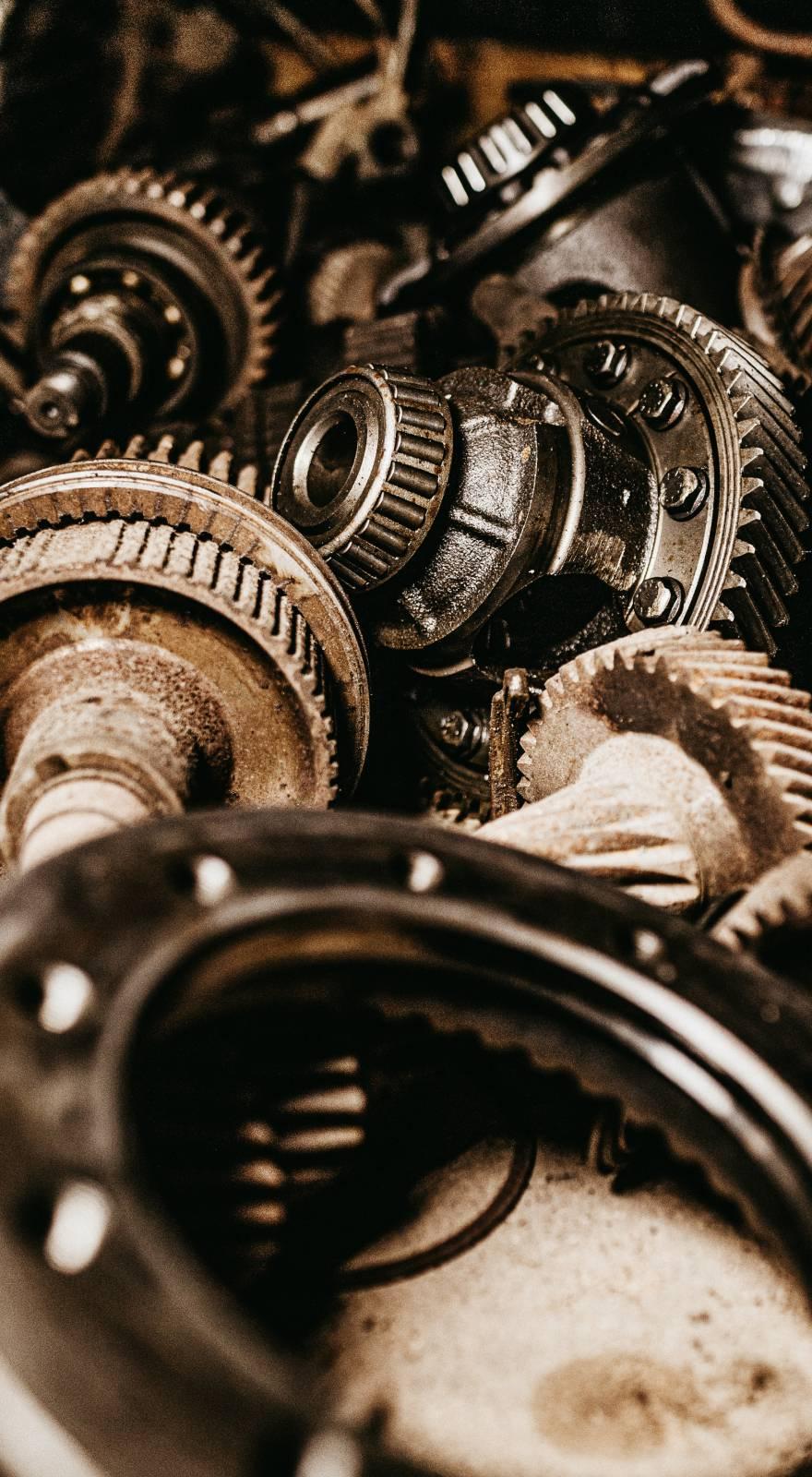Knowde Enhanced TDS
Identification & Functionality
- Chemical Family
- Polymer Name
- Plastics & Elastomers Functions
- Technologies
- Product Families
- Basis
Hard casting resin for prototypes
Features & Benefits
- Materials Features
- Properties
casting of thick wall thicknesses possible
good impact strength
Applications & Uses
- Applications
- Plastics & Elastomers End Uses
- Plastics & Elastomers Processing Methods
- Applications
Functional parts automotive field
Functional parts EDP field
Prototyping parts EDP field
Prototypes in the automotive field
Cladding parts automotive field
Cladding parts EDP field- Processing Instructions
It is essential to stir component A before use, as the additives tend to sedimentation. Component B has not to be stirred.
The molding tools should be made of a polyurethane- resp. epoxy resin system, with a high-quality surface.
In order to improve the surface appearance of the component, it is possible:
-to preheat the material to 30°C
-to preheat the molds to 40 - 50°C
A combination of preheated material and molds is the optimum.
The wall thicknesses of the components are approx. 2 - 15 mm. Ribs or bigger material accumulations can also be produced.
Shrinkage of the parts depends on geometry, wall thickness and temperature. Laboratory values are available on demand.
The components can be demoulded after approx. 1,5 - 2 hrs. This can differ accordingly to wall thickness and temperature.
The postcuring has to be made by means of a supporting structure.
Properties
- Typical Properties
| Value | Units | Test Method / Conditions | |
| Tensile strength | 53 ± 5 | kN/m | — |
| Viscosity (25°C) | 700 ± 100 | mPa.s | — |
| Flexural modulus | 2185 ± 100 | MPa | EN ISO 178 |
| Density (20°C) | 1,17 ± 0,02 | g/cm3 | — |
| Flexural strength | 85 ± 5 | MPa | EN ISO 178 |
| Pot Life (20°C) | 150 - 160 | Seconds | — |
| Flexural strength (without breakage) | 7 ± 0.2 | MPa | EN ISO 178 |
| Curing time at RT | 1,5 - 2,0 | Hrs | — |
| Heat resistance (HDT) | 95 ± 3 | °C | DIN EN ISO 75 B |
| Post Curing | 24 (RT) | Time in h (Temperature in °C) | — |
| Post Curing | 10 (100) | Time in h (Temperature in °C) | — |
| Impact resistance (Charpy) | 42 ± 3 | kJ/m2 | EN ISO 179 |
| Shore hardness | 80 ± 2 | Shore A | DIN ISO 7619-1 |
Packaging & Availability
- Sales Units (Packages)
MG 426 Comp. A (polyol) 5,000 kg / 20,000 kg
MG 426 Comp. B(isocyanate) 5,000 kg / 20,000 kg
Storage & Handling
- Storing
Storage at room temperature 18-25 °C.
Opened containers should be closed immediately after use and should be used up as soon as possible.

